|
|
|
Hello Produce Safety Alliance Listserve Members:
In this newsletter, we would like to share our initial summary of the Water Summit which was hosted on February 27-28th in Covington, KY. Over 500 people participated in the meeting including attendees in Covington, KY (102), those who joined at one of the 24 remote sites (251), or by viewing the live internet stream (200+). We are incredibly grateful for the hard work of our collaborators at the four
FSMA Regional Centers across the country who were able to pull together their remote sites on such short notice and for enriching the discussion by sharing their regional perspectives during the live event.
If you weren't able to attend the meeting, either in-person or remotely, read more in this newsletter about additional opportunities to watch the meeting discussions and presentations, and for a short period of time, provide comments on the three breakout topics discussed.
In the coming months, we will be organizing the information we heard and collected through the breakout sessions and group discussions to draft a more in-depth summary. Stay tuned for more information on the summary paper and additional meeting outcomes going forward.
|
|
|
Couldn't Attend the Water Summit? Watch the Meeting & Comment!
|
The Produce Safety Alliance is providing a short window of opportunity for those who did not
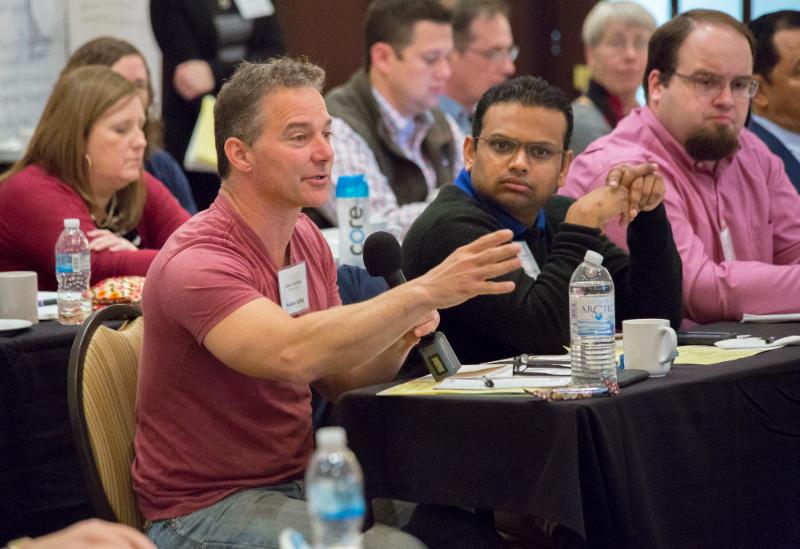 attend the Water Summit to contribute a comment on the three breakout session topics discussed at the meeting. If you attended the meeting in Covington, KY or at a remote site, you
are not
eligible to fill out this survey as your comments have already been received through the breakout session exercises. There is no guarantee that the comment submissions through this survey will be incorporated into the Water Summit summary.
Prior to submitting a comment through this form, you must watch the recording of the Water Summit meeting.
The discussions, presentations, and background information that occurred during the Water Summit on February 27-28, 2018 are critical to drafting and submitting informed, relevant comments to this survey.
The survey will close on Friday, April 20, 2018 at 5 PM Eastern.
If you have questions about this comment opportunity, please contact
Gretchen Wall
.
|
|
Water Summit - Meeting Summary
|
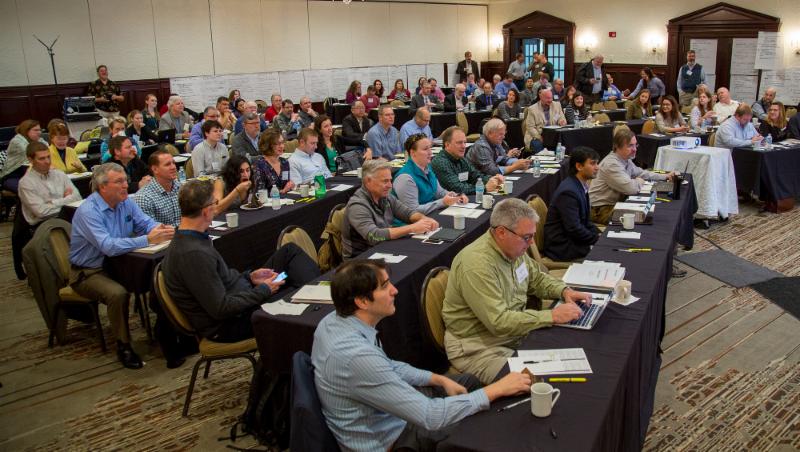 On February 27-28, 2018, the Produce Safety Alliance (PSA) convened a national Water Summit in Covington, KY to explore the challenges related to the requirements of the FSMA Produce Safety Rule (PSR) Subpart E - Agricultural Water and to discuss potential solutions that are practical for farmers while still protecting public health. 102 participants were on-site in Covington, KY, 251 participated at 24 remote sites established across the country, and an additional 250 logged in to the public web connection from
43 US states, Puerto Rico, and 8 other countries. The goal of the Summit was to increase understanding and work collaboratively to develop ideas that support risk reduction related to agricultural water used during the production of fresh fruits and vegetables. On February 27-28, 2018, the Produce Safety Alliance (PSA) convened a national Water Summit in Covington, KY to explore the challenges related to the requirements of the FSMA Produce Safety Rule (PSR) Subpart E - Agricultural Water and to discuss potential solutions that are practical for farmers while still protecting public health. 102 participants were on-site in Covington, KY, 251 participated at 24 remote sites established across the country, and an additional 250 logged in to the public web connection from
43 US states, Puerto Rico, and 8 other countries. The goal of the Summit was to increase understanding and work collaboratively to develop ideas that support risk reduction related to agricultural water used during the production of fresh fruits and vegetables.
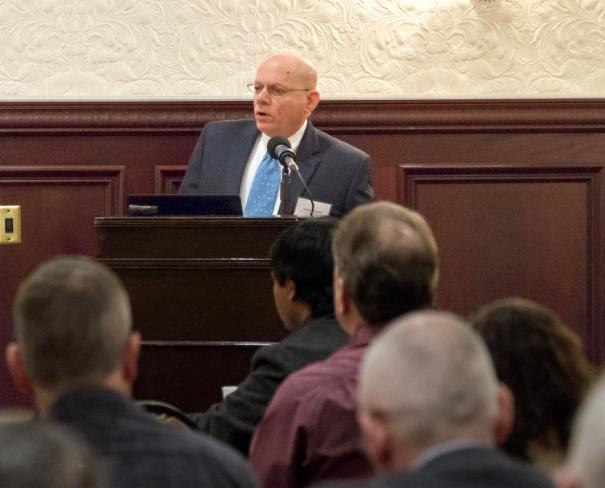
Dr. Stephen Ostroff, Deputy Commissioner for Foods & Veterinary Medicine at
FDA, welcomed meeting participants and placed emphasis on FDA's commitment to clarify the rules and make them workable for produce growers
.
Following Dr. Ostroff's welcome, Dr. Betsy Bihn, Director of the PSA, outlined expectations, goals, and objectives for the Water Summit. The FDA's Division of Produce Safety's Director, Dr. Samir Assar, and Consumer Safety Officers, Ms. Kruti Ravaliya and Ms. Chelsea Davidson, provided foundational knowledge behind FDA's establishment of the current standards to set the stage for the first breakout session. Led by trained facilitators, participants in the first breakout groups were tasked with identifying concerns and challenges to meeting current PSR production water standards.
 During the afternoon, focus shifted from the FSMA PSR to fundamental risk assessment at the farm level related to agricultural water use. Mr. Jeff Soller, Principle Scientist at Soller Environmental, LLC, discussed how to assess risks and provided examples of how to quantify and prioritize produce safety risks. The second breakout session was focused on identifying specific hazards to produce that requirements within the agricultural water provisions should seek to address in each geographic region, farm operation, and commodity type. Participants were also tasked with proposing solutions for how to reduce risk from those hazards. Each breakout session was followed by a report out period to share the findings from each of the ten groups in Covington, as well as from points of contact representing the 24 remote sites coordinated by the four FSMA Regional Centers. During the afternoon, focus shifted from the FSMA PSR to fundamental risk assessment at the farm level related to agricultural water use. Mr. Jeff Soller, Principle Scientist at Soller Environmental, LLC, discussed how to assess risks and provided examples of how to quantify and prioritize produce safety risks. The second breakout session was focused on identifying specific hazards to produce that requirements within the agricultural water provisions should seek to address in each geographic region, farm operation, and commodity type. Participants were also tasked with proposing solutions for how to reduce risk from those hazards. Each breakout session was followed by a report out period to share the findings from each of the ten groups in Covington, as well as from points of contact representing the 24 remote sites coordinated by the four FSMA Regional Centers.
The second day of the Water Summit opened with a series of presentations to support the final breakout session and group discussion. Dr. Kevin Oshima, Associate Director for Science at EPA's National Exposure Research Laboratory, presented various fecal indicator tools (like E. coli) that can be used to assess sanitary quality of water.
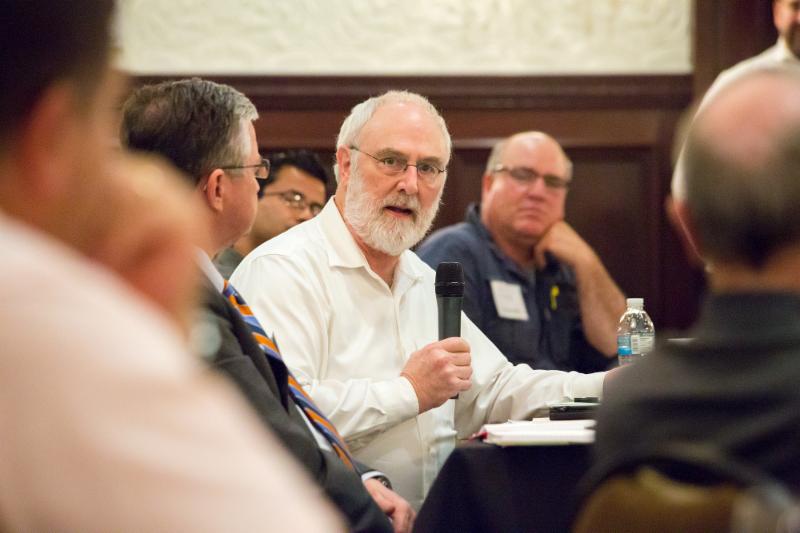
Building upon Dr. Oshima's discussion, Dr. John Griffith, Principle Scientist at the Department of Microbiology and Coordinator of Molecular Technology at the Southern California Coastal Water Research Project, discussed sanitary surveys and their value for hazard identification. Dr. Griffith shared case studies where the science of microbial source tracking was put to use to identify sources of fecal contamination that were difficult to observe using traditional sanitary survey tools. Dr. Channah Rock, Associate Professor at the University of Arizona in the Department of Soil, Water, and Environmental Science, wrapped up the morning of presentations by bringing the focus back to fresh produce production and provided practical prevention and mitigation strategies that can be used on the farm including on-site treatment of water sources, use of in-field die-off of microorganisms, and other hazard reduction strategies. The final breakout session challenged participants to use some of these concepts to think critically about processes or management options supported by science that could be used to reduce risks that were identified in the second breakout, as well as their applicability to the current regulatory framework.
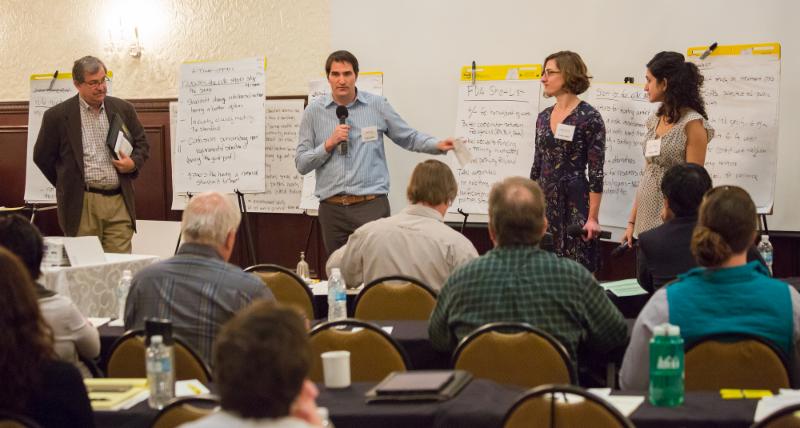
T
he afternoon culminated in a full group discussion
to
clearly identify meeting outcomes and plans for action items moving forward. Participants outlined their concerns with Subpart E as currently written and provided suggestions for how the provisions could be altered to create a workable system of standards and guidance for produce farms regarding agricultural water use. To conclude the meeting, FDA staff including Dr. Jim Gorny, Dr. Assar, Ms. Davidson, and Ms. Ravaliya, had the opportunity to respond to concerns and share their plans to develop a path forward.
In the coming months, the Produce Safety Alliance will be developing a summary document to share outcomes of the breakout sessions from Water Summit participants in Covington and groups who participated remotely.
Videos of the meeting presentations
are currently available for those who could not attend.
For all other inquiries or questions about the Water Summit, please contact Ms. Gretchen Wall or Dr. Betsy Bihn.
|
|
Water Summit Presentations & Resources
|
|
|
|
|